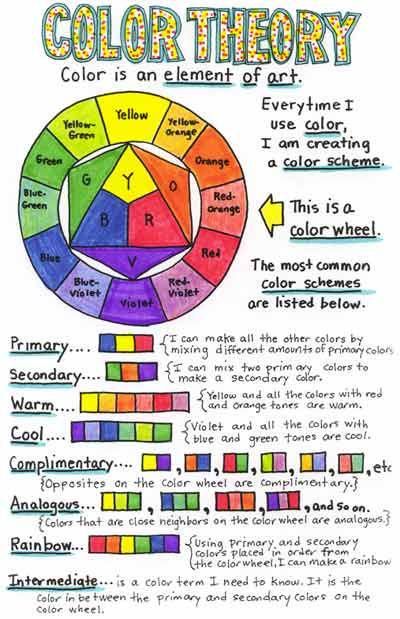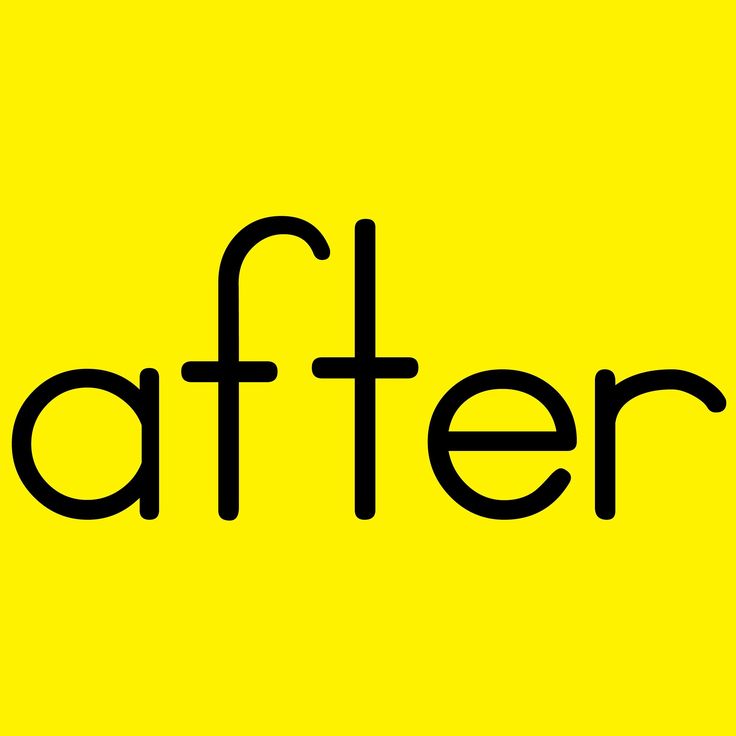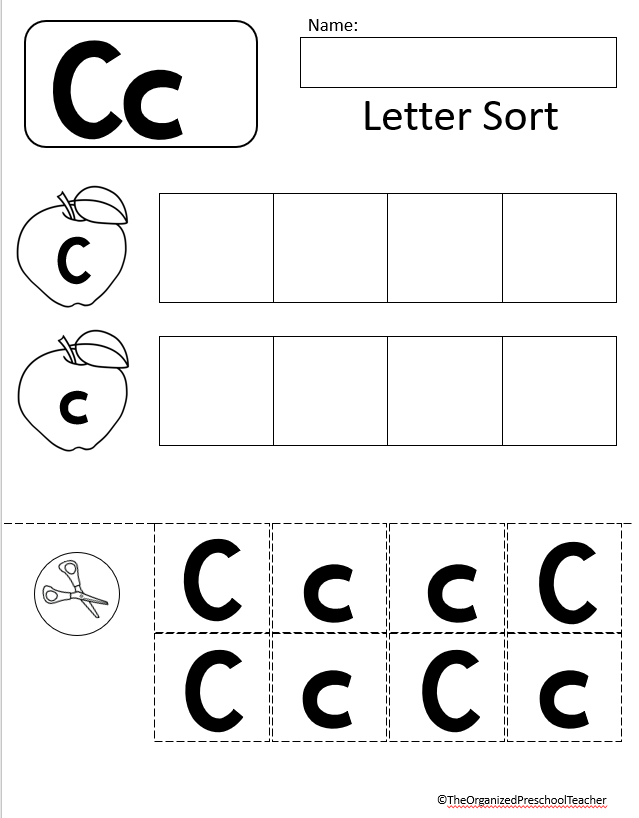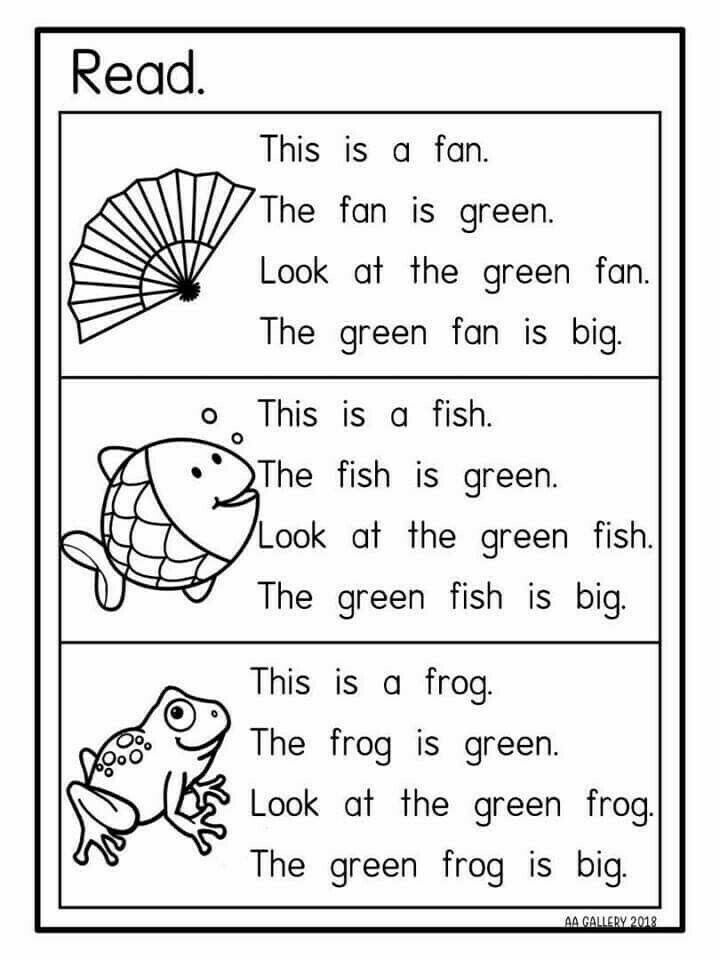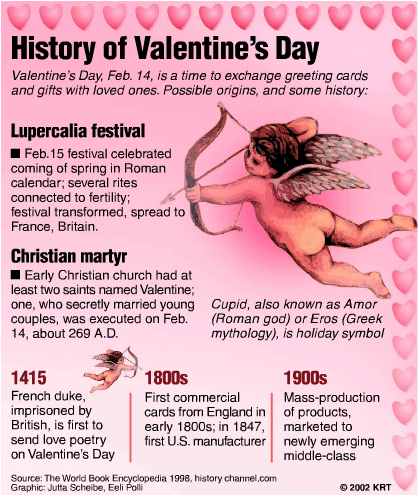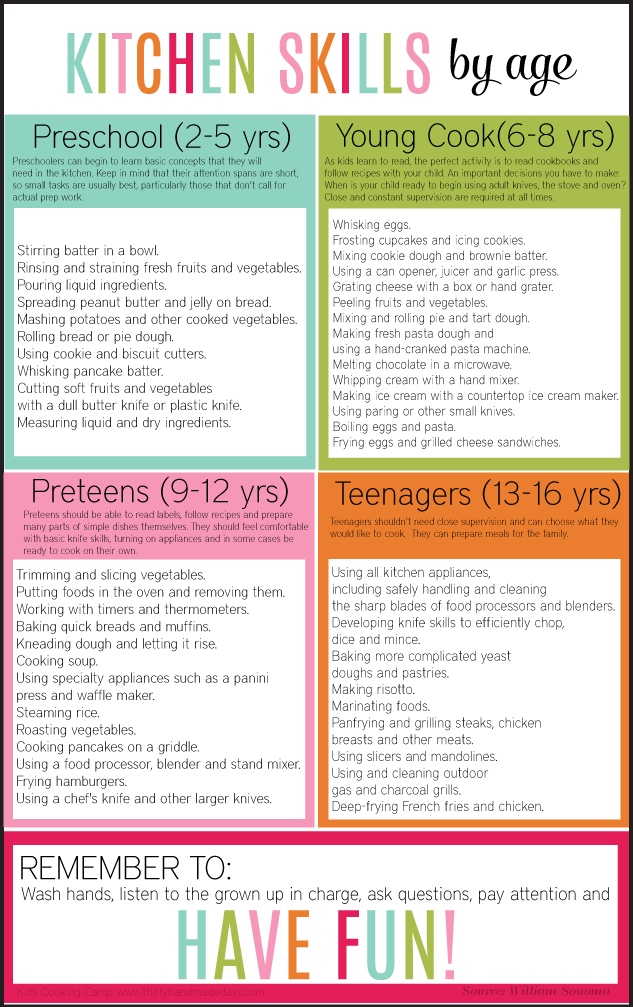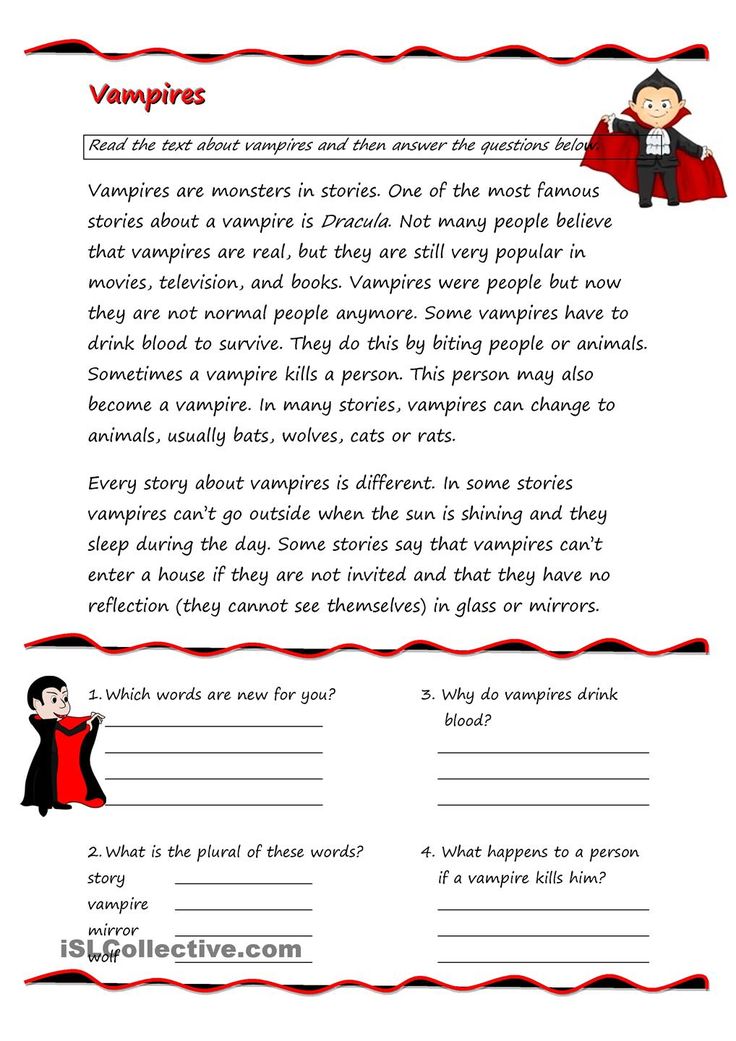Read is fun
Readathon Fundraiser | School Fundraiser
Readathon Fundraiser | School Fundraiser | Reading Fundraiser
School fundraising, where everyone wins
An online Read-A-Thon school fundraiser that raises more funds, requires only one volunteer and creates memories for your entire community.
Step 1: Set up the Read-A-Thon according to your custom needs
You choose your dates, fundraising goals, incentive structure, and more
Step 2: Students start reading and inviting sponsors
Each student has a secure account to log their reading, invite sponsors, and earn fun Owl rewards.
Step 3: Engage your school and community
Create custom reading competitions, involve teachers, and provide families and sponsors with a meaningful way to engage.
Step 4: Receive 80% of funds
As donations come in, they get directly deposited into your account. You get access to research-backed tools to increase participation and donation rates.
Check it Out
Parents can easily send out emails to family and friends to ask for their support. No more door-to-door sales, just friendly emails.
Celebrate with the entire community as you watch your fundraising thermometer and reading meter go up.
Children get excited to read during the fundraiser, especially because the more they read the more they can buy for their owls at the Owl Shop.
Children log the books they read on their ReadaFun profile and answer creative questions afterwards. Parents and sponsors can comment back!
Previous Next
School Spotlight:
Sabal Point Elementary in Orlando, FL raised $48,900
I have had so many parents come up to me and tell me how ReadaFun got their kids excited
about reading. The money is fantastic but knowing that really makes it all worthwhile!”
The money is fantastic but knowing that really makes it all worthwhile!”
– Julie M, Sabal Point PTA Coordinator
Testimonials
Christine W.
Parent Volunteer at Short Pump Elementary
Richmond, Virginia
The kids LOVE the ReadaFun fundraiser! Great job!!! Jacob has never read so much in his little life!
Arlene Hood
PTA President at Forest Avenue School
Middletown, RI
The ReadaFun platform is very straightforward to use and includes many motivating features for students and teachers. I was very grateful for ReadaFun’s support—any question I asked was clearly addressed and often immediately. We exceeded our fundraising goal before the end of the fundraiser drew near.
Kathy Brandenberg
Principal at Desert Garden Elementary
El Centro, CA
“We did a fundraiser with ReadaFun and it was very successful. One of the absolute best aspects of this program is that the company spends a great deal of time on each school, and only takes 20% of the proceeds.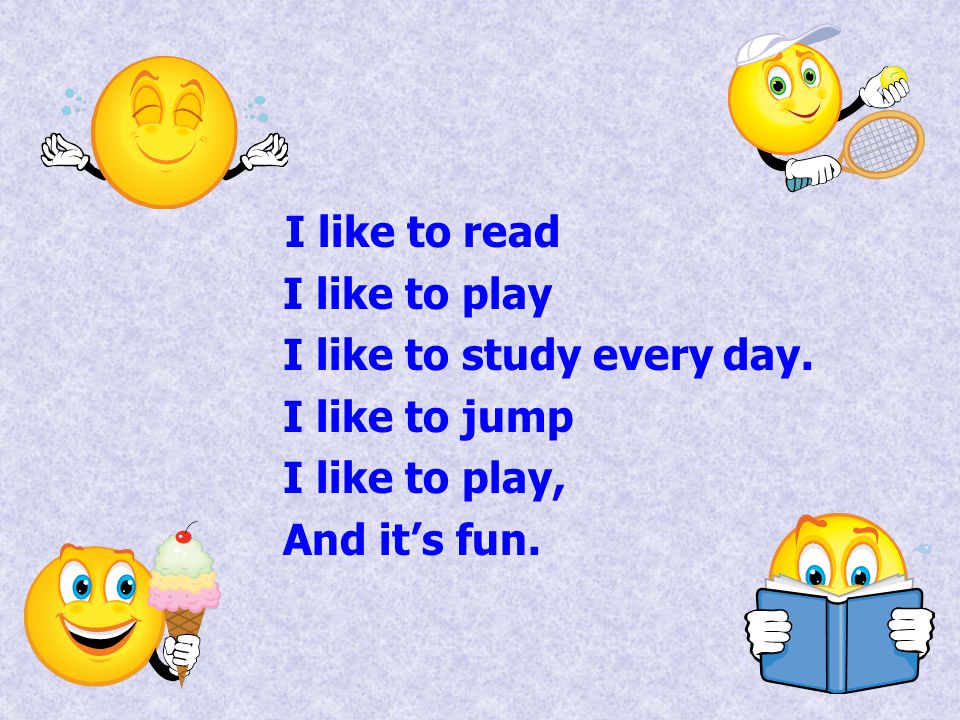
Video Testimonials
Jen Rasmussen
PTO President at Edison Elementary
Burbank, CA
Kate Gardullo
PTO President, Pell Elementary School
Newport, Rhode Island
A School Fundraiser where everybody wins!
Formerly known as Whooo’s Reading’s Read-A-Thon, we've partnered with PTAs/PTOs nationwide since 2012 to fundraise and engage readers.
Name
Email address
School Name
Position
Your rolePTO/PTA volunteerSchool AdminTeacherParentOther
Name
Email address
School Name
Position
Your rolePTO/PTA volunteerSchool AdminTeacherParentOther
About Us - Teach Your Monster
We’re Teach Your Monster, a non-profit that creates magical, fun-filled learning games for kids.
With the help of friendly monsters, playful design and out-of-this-world storytelling, we work with leading academics to create beautifully crafted games kids love to play.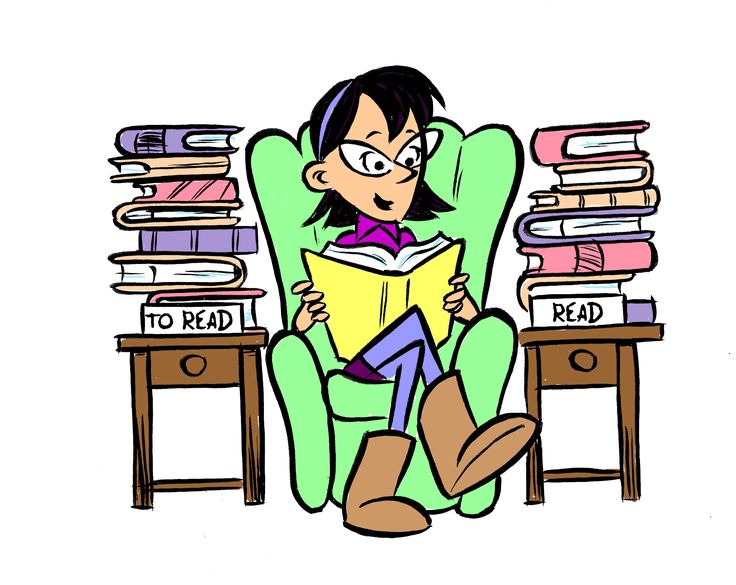
Trusted by teachers and parents, our innovative products aim to engage even the most reluctant of learners.
The Usborne Foundation
We’re part of The Usborne Foundation — a charity set up by Peter Usborne CBE of Usborne Publishing to support early years learning.
We believe every child should have the opportunity to reach their full potential in early years and beyond.
Since launch in 2012 Teach Your Monster to Read has...
The Teach Your Monster story
Usborne Publishing is an independent, family-run business which has been sparking children’s curiosity and love of reading around the world since 1973. In 2011, company founder Peter Usborne CBE, along with his daughter Nicola and son Martin established the Usborne Foundation with the aim of developing creative and innovative responses to the biggest challenges facing early years education.
The start of this journey was the creation of Teach Your Monster to Read, a game that would come to help over 30 million children on the first crucial steps of their reading journey. Since launch it has been played over 300 million times, helps two million children learn to read every month and received BAFTA nominations in 2013 and 2015.
Since launch it has been played over 300 million times, helps two million children learn to read every month and received BAFTA nominations in 2013 and 2015.
In 2021 we changed our name to Teach Your Monster to represent our growing family of games. We are now helping children tackle a diverse range of learning challenges in new and exciting ways, from numeracy to nutrition.
As an organisation we are proud of our methodology which puts children at the center of the creative process. Our creative teams are given support to become experts in the chosen field working in close collaboration with expert educational advisors. Player testing in classrooms is built into the process from the very start.
All this comes together in beautifully crafted stories, compelling characters and engaging game play as we create learning adventures that kids will come want to come back to play again and again.
Who do we work with?
We take the process of making our games and creating our monsters very seriously.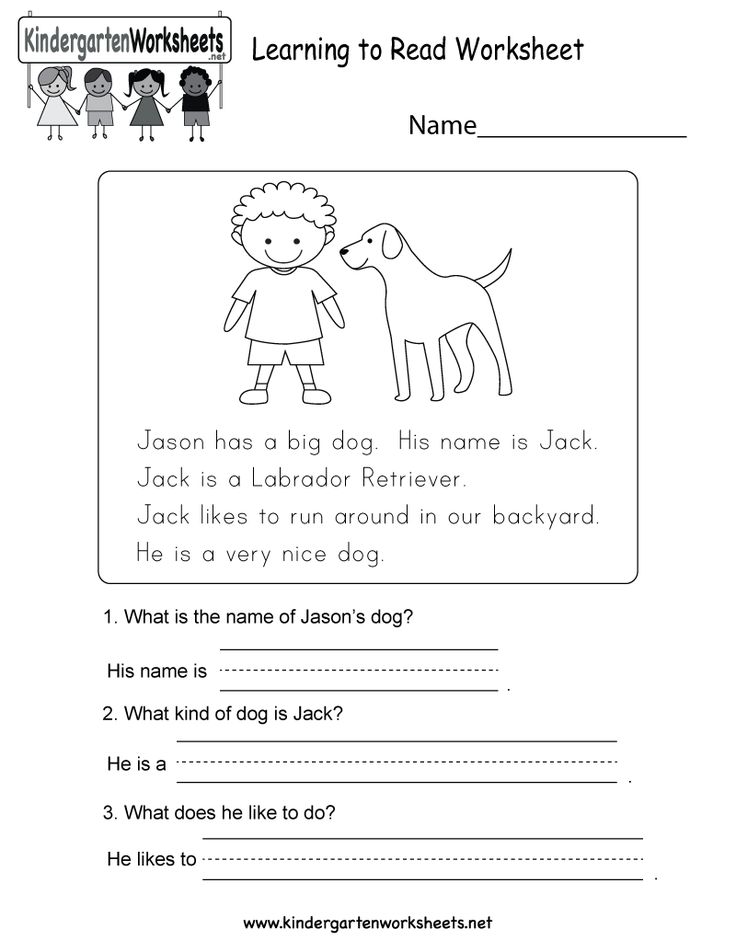 We bring together world-leading education experts working to work in close collaboration with highly creative talent from diverse backgrounds — game developers, animators, designers, authors and musicians.
We bring together world-leading education experts working to work in close collaboration with highly creative talent from diverse backgrounds — game developers, animators, designers, authors and musicians.
Our long-standing relationship with Roehampton University has helped us understand early years literacy and are expanding to work with other academic partners as we build into new areas of learning.
Join the Monsters
We are always looking for great people to collaborate with as we build and develop our games. We operate an ongoing recruitment process to help us find new talent and diversify our teams. You can find out more about this on our openings page.
App Store: Letters: Learning to Read for Fun!
Description
Children's application №1 according to Roskachestvo!
We are known by: Life.ru, RBC, Moscow 24, AiF, Ferra, Livelib, Techfusion, Computerra, Regnum and other well-known CIS media!
Consultant - a well-known speech pathologist - Olga Karabuta @logoped_karabuta
Here is a unique application that will help teach a child to read words without the participation of parents!
“Letters” is a universal tool for composing any words with the help of a comfortable voiced keyboard.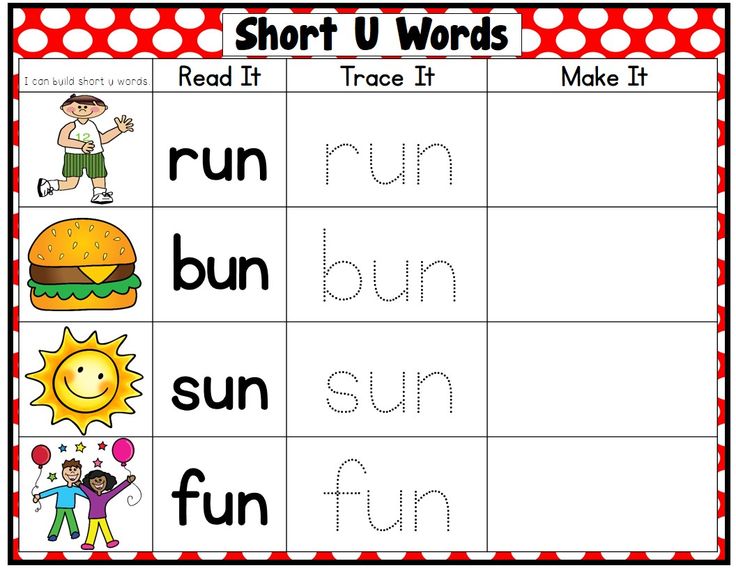 Words are automatically split into “*warehouses”. The child will see the whole word, its constituent warehouses, listen to the sound of letters and warehouses in the word. And our character unicorn Ray will tell the kid how to read warehouses one by one!
Words are automatically split into “*warehouses”. The child will see the whole word, its constituent warehouses, listen to the sound of letters and warehouses in the word. And our character unicorn Ray will tell the kid how to read warehouses one by one!
“Letters” is a teaching tool with the recognized sound-letter method, combined with the advantages of other methods.
Older children will benefit from dividing words into syllables to prepare for school and for homework.
In the “Letters” application, we implemented:
- Constructor of any words in the voiced keyboard
- Dividing words into warehouses and syllables
- Professional sounding of sounds and warehouses
- Meetings with kind characters on the "Inhabited Island", 25+ thematic sets words for memorizing letters
- Construction Simulator "Wonder Construction" with game tasks for developing vocabulary and literacy and learning letters
- "Play town" with three educational games that will help kids remember common letter combinations
- "Syllabary House" - a simulation of a room that can be furnished
- Interactive themed panoramas with 200+ voiced puzzles and objects
- Motivation system in the form of an album with stickers and rewards for completing tasks
- A timer for parents to control the time spent in the game
- Statistics and analytics of the baby's success on the screen for parents
"Letters" is not just a game, but a faithful assistant to parents in teaching children to read!
Once your little one is comfortable with reading in Russian, we invite you to try Uniword - our application for learning to read in English
If you like Bukovki, we will be very happy if you give it a positive review. This will help us make even more great apps for your child.
This will help us make even more great apps for your child.
If you have any questions or comments, please email us at [email protected]. We are always open for communication and will be glad to know your opinion about the app!
* warehouse - a combination of a consonant and a vowel, a consonant with a hard or soft sign, as well as any single letter.
Version 5.33
Friends, we have made a number of changes to make playing and learning even more fun:
• 5.32 Big update with new features, new game mechanics and bug fixes.
• 5.31 Minor edits.
Thank you for your kind feedback. Good luck to your kids!
Ratings and reviews
ratings: 597
Lost sound
Everything worked fine before.
Now the sound is gone and I can not understand what's wrong. Help me please.
Good afternoon! Please write to [email protected] if the question is still relevant.
tiki tok
Am I not one of the tik toks?😂🐁
Not alone :)
Class
By the way, are you from Tik Tok too?
hello hello :3
Developer Victor Lavrentyev indicated that, in accordance with the application's privacy policy, data may be processed as described below. Detailed information is available in the developer's privacy policy.
Unrelated with user data
The following data, which is not related to the user's identity, may be collected:
- Identifiers
- Usage Data
Sensitive data may be used differently depending on your age, features involved, or other factors. Read more
Information
- Provider
- Victor Lavrentyev
- Size
- 157.7 MB
- Category
- Education
- Age
- 4+, for children 0-5 years old
- Copyright
- © Editale
- Price
- Free
- Developer site
- App Support
- Privacy Policy
Supported
Other apps from this developer
You may like
Learning to read fun | Mamovedia
Every child's parents face an extremely important mission - to teach their child to read.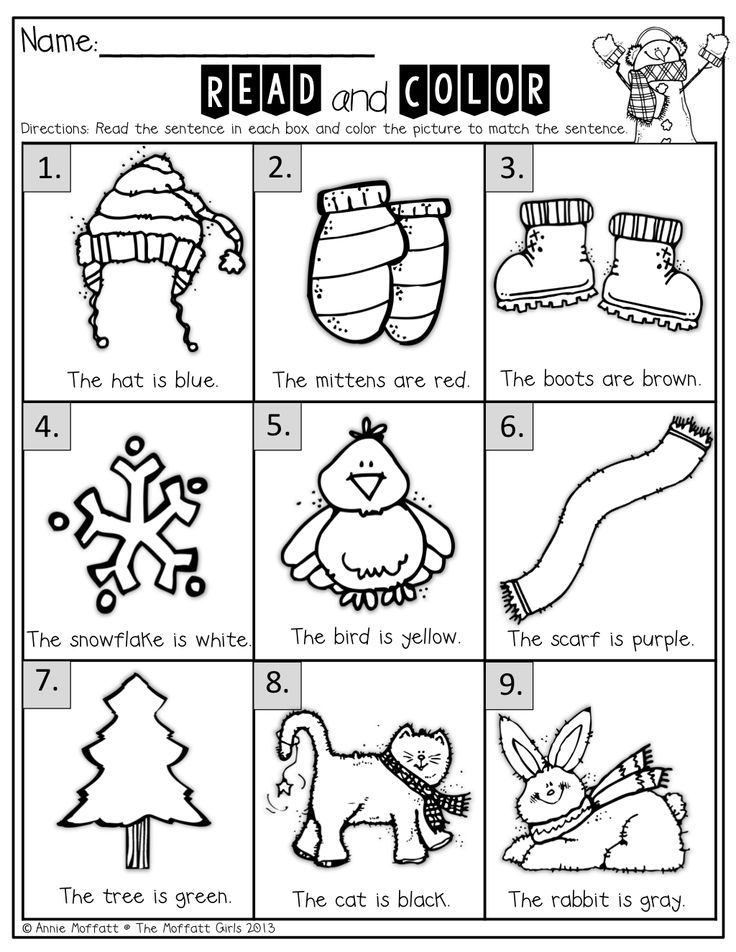 This is certainly important and necessary. This is the start of the educational process. Kindergarten teachers come to help parents, then teachers in schools. However, the foundation and the beginning, as a rule, are laid by the parents. They should help overcome the difficulties that a child may face in the hitherto unknown world of letters and words.
This is certainly important and necessary. This is the start of the educational process. Kindergarten teachers come to help parents, then teachers in schools. However, the foundation and the beginning, as a rule, are laid by the parents. They should help overcome the difficulties that a child may face in the hitherto unknown world of letters and words.
There are many methods and methods, toys, books, educational games aimed at teaching children of different ages to read. They can be conditionally divided into several blocks:
1. "Whole words" method. Glen Doman, the author of this technique, recommends showing the child signs with different words and sentences from early childhood. However, this method is not effective enough for the Ukrainian language. Since, firstly, such activities can quickly get bored by both the child and parents, and secondly, the word is inclined and may have a different ending in the sentence.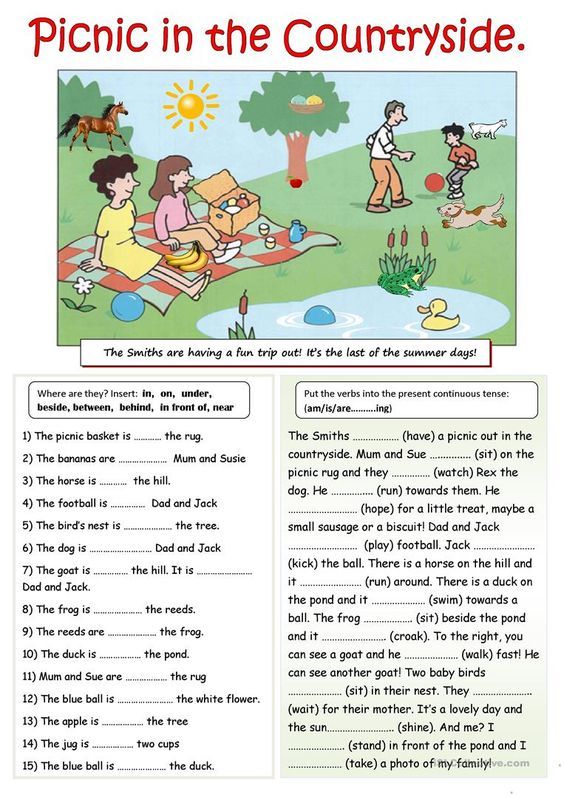 Children who have learned to read using the Whole Word method often do not read the end of a word or make it up.
Children who have learned to read using the Whole Word method often do not read the end of a word or make it up.
2. Letter Composition method. First, the child gets acquainted with the letters, and only then learns to form syllables and words from them. The complexity and error of this technique lies in the fact that the child is voiced by the names of the letters, for example, "EM", "TE", "KA". Thus, it is then difficult for the child to create PAPA with "PE" "A" "PE" "A". Pictures are also often used, where the letter is associated with the pattern. For example, the printed letter “D” and a house is drawn, the letter “T” is a telephone, “O” is glasses, and the like. This also then prevents the child from reading - it is difficult for him to understand how the phone and glasses form the syllable "TO".
3 . Method "Reading by syllables". The author of this technique is Nikolay Zaitsev. He suggests learning immediately combinations of letters that form syllables.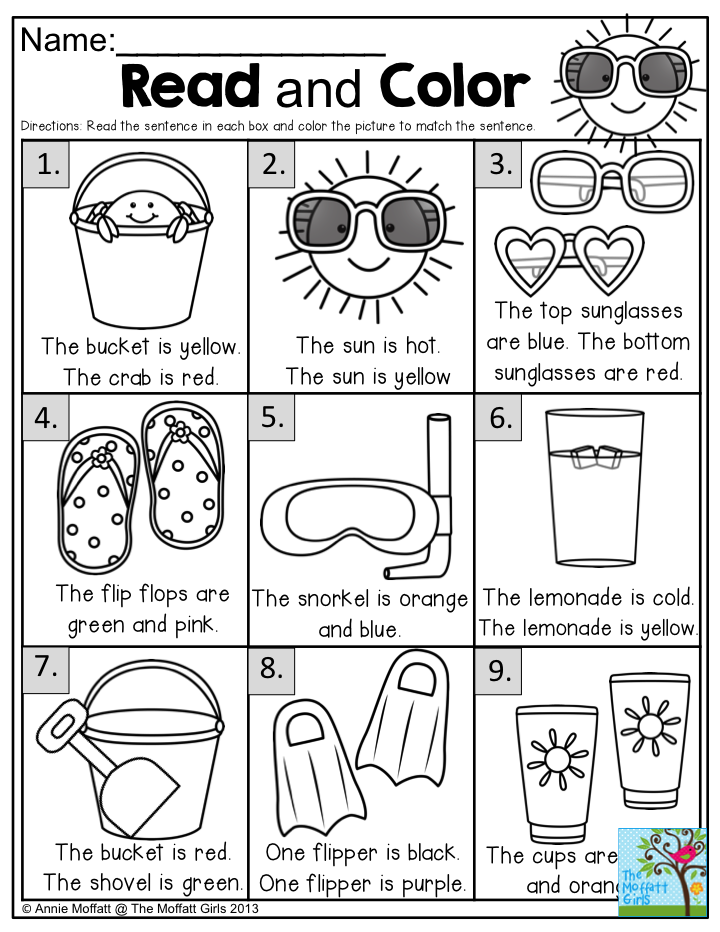 Thus, the child loses the opportunity to independently make the discovery that a syllable can be obtained from the letters he has studied, and then a word. The game form of training and the presence of positive results attract supporters of this technique. Children who have learned to read using this method sometimes have difficulty understanding the text. They also have difficulty reading words that contain closed syllables. All this can then have its negative consequences when writing words.
Thus, the child loses the opportunity to independently make the discovery that a syllable can be obtained from the letters he has studied, and then a word. The game form of training and the presence of positive results attract supporters of this technique. Children who have learned to read using this method sometimes have difficulty understanding the text. They also have difficulty reading words that contain closed syllables. All this can then have its negative consequences when writing words.
4. Sound-letter method. The essence of the method lies in the fact that the child first gets acquainted with the world of sounds, then analyzes them and learns to compare them with letters. This method is considered the most consistent and pedagogical.
How to teach reading using the "Sound-letter" method?
First of all, read books to your child, arouse his interest and love for books.
Teach your baby to listen to the world around him. Here the cat purrs, the bird sings, the fly bothers, the kettle boils, the vacuum cleaner buzzes and the like. Repeat yourself and ask the child to voice this or that action. Play with your baby and use onomatopoeic words. Explain to the child that there are vowels and consonants, teach them to distinguish. Gradually move on to letters. Name the word and ask the child what sound the word begins with. Then write down the named sound already in the form of letters.
Letters can be written on cardboard cards, chalk on asphalt, molded from plasticine, dough, built from matches, etc.
Some fun letter learning ideas:
• Letter cards. You need two sets of cards with letters - one for the "teacher", the second for the little student. Start with a small number of cards - 3-4 cards. Choose the vowels first. The game is as follows: you name the sound and show the card - the kid is looking for the corresponding letter among his cards.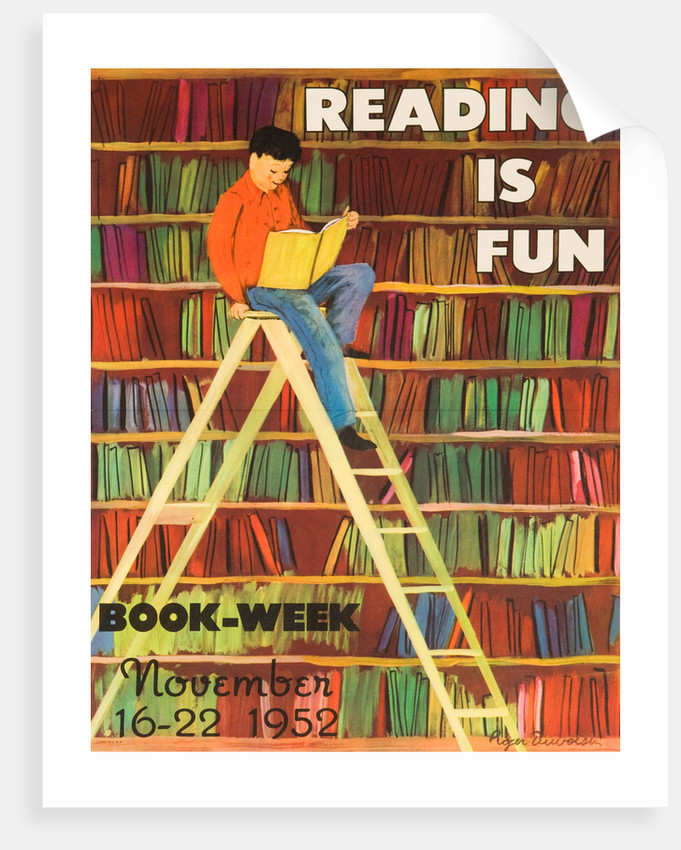 Further, you can complicate the task - name only the sound, but do not show the card with the letter. Experiment so that the baby is interested and fun.
Further, you can complicate the task - name only the sound, but do not show the card with the letter. Experiment so that the baby is interested and fun.
• The letter is in search! Tasks can be very diverse, invent and have fun with your baby. For example: on a large sheet of paper, write letters (about 20) of various sizes or colors. Ask your child to find the same letters and circle them, connect the letters of the same color, underline the vowels, and the like.
• First letter. Tell your baby words and ask what letter the word begins with. First, highlight the letter "A-a-pineapple", "M-m-machine" and others. For visualization - you can offer to show a letter in the alphabet, on a magnetic board with letters, on a map (wherever there are letters).
When the letters are mastered, you can gradually move on to syllables. It is better to start with two vowels, then teach to read open and then closed syllables. From the very beginning, choose syllables that make sense or express emotion - ay, ia, oh, oh, ah, na, that, from, and the like.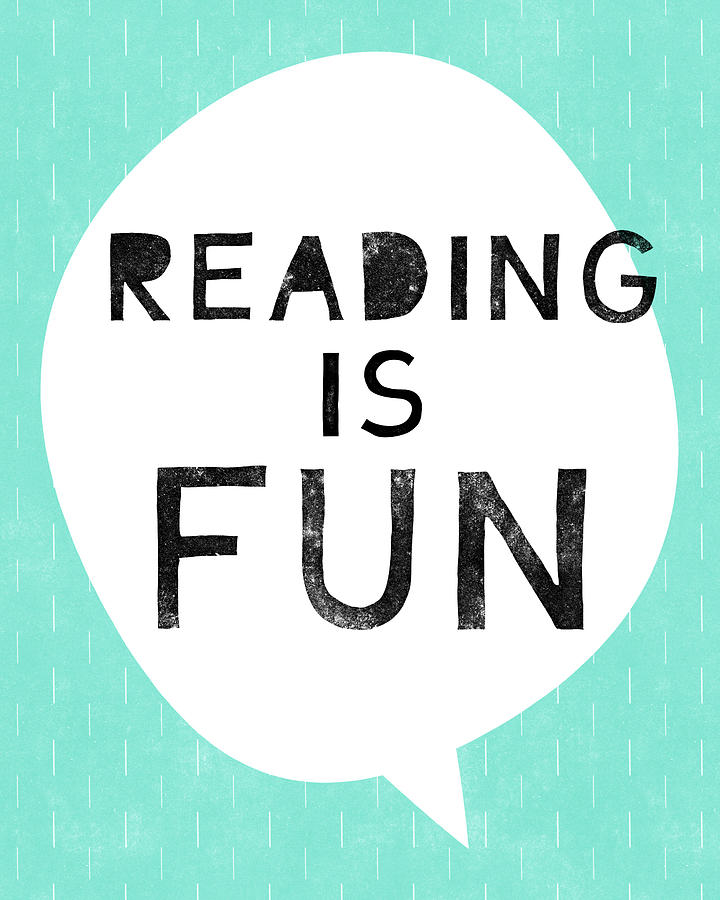
Tasks and games that may be useful at this stage:
• Guess! To learn how to read in syllables, you need to learn how to divide a word into syllables and put it back together. To do this, the child needs to call the word with pauses, for example, PA-PA, MOM, FISH-BA, RU-KA. Ask the child what word he hears. First, take small pauses and choose easy words, then complicate the task further. Such a fun game that you can play, for example, on the way to kindergarten, will help the baby in the future to understand what he will read by syllables.
• Keep going! Tell your child the beginning of a word and ask what's next?.. For example, Vo-ro? - NA, books? - ha, etc.
• Useful exercises : find the missing letter; cross out the extra letter change one letter to another to get a new word, for example, cancer - poppy; add up all possible variants of syllables from several letters; make words from the given syllables.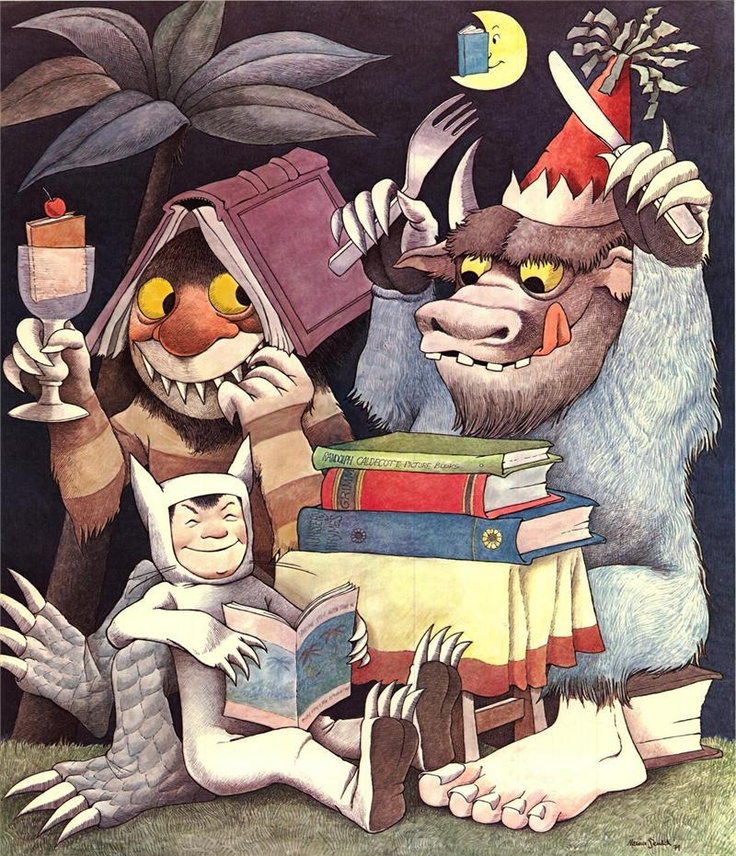
• Mindfulness exercise . Type a line with the same syllable, but make a mistake in one syllable. Invite the child to find the mistake and cross out or underline the false syllable.
• Magnetic board . Letters on magnets can be used both on a regular refrigerator and on a special board. As a rule, kids really like to play in this way. And you can come up with a wide variety of tasks, you can use the above ideas. J
Gradually, in a playful way, words come out of syllables from syllables. And then the last stage of learning is reading sentences. If the baby has mastered reading skills well and easily reads individual incoherent words, you can begin to acquaint him with sentences. Start with the simplest ones, for example, "This is a cat", "There is cancer" and others. Then add another word, and so on. Build the first sentences for the child from the words known to him, these can be the names of relatives, common verbs - eat, drink, walk.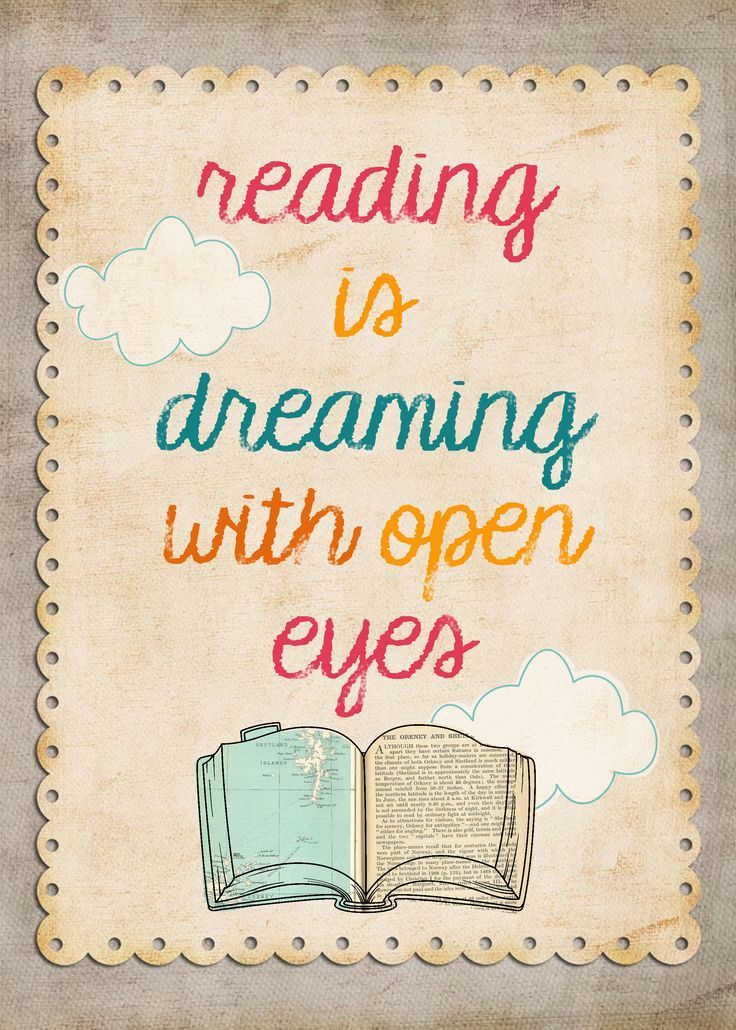 And go ahead - step by step help the baby learn new knowledge.
And go ahead - step by step help the baby learn new knowledge.
At this stage there is also a place for fun:
• A funny book. You can make such a book yourself. It is necessary to fold several sheets of paper in half and sew them in the form of a book. Turn the book over so that the fold is at the top, make 3 cuts - divide the book into 3 parts. On each part it is necessary to write one word, but so that the whole sentence is obtained.
For example: Mom is cooking borscht. Dad is reading a book. The cat eats fish. Etc.
And then you can play: read the sentences in the correct order, or have fun - turn the page not all at once, but only some parts. There will be funny offers. For example, a cat is reading a book :)
• Secret messages. Children love treasure hunts and various mysterious occurrences. Play and ReadJ Hide clue letters, such as "On Dad's Desk", "In the Closet", "Under Your Pillow", etc. Write letters to your child from your favorite characters from fairy tales and cartoons.


